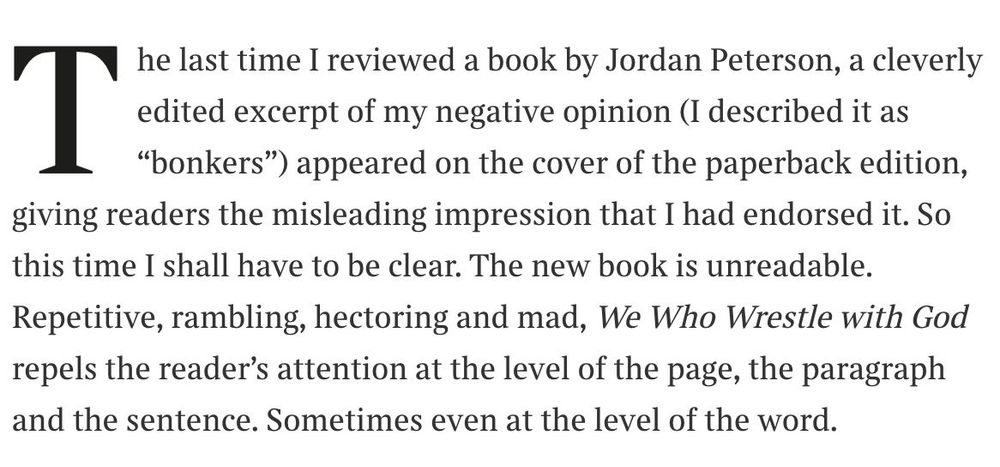ORCID: 0000-0002-0945-5779

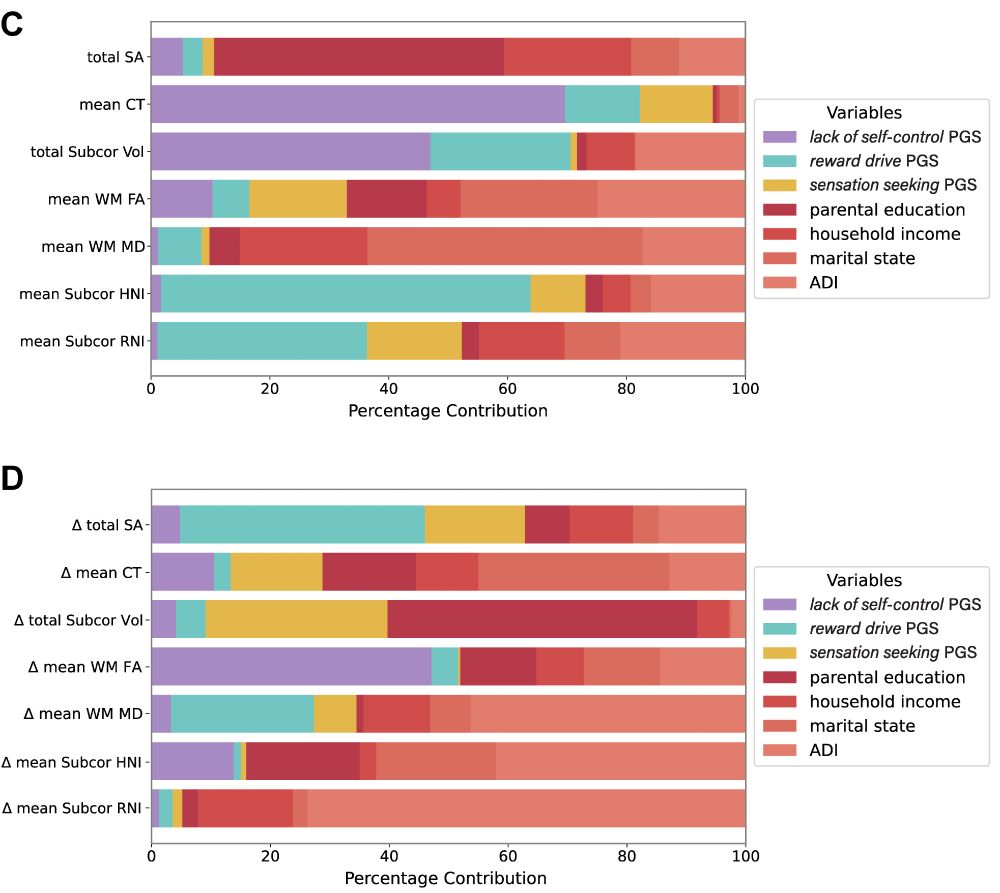
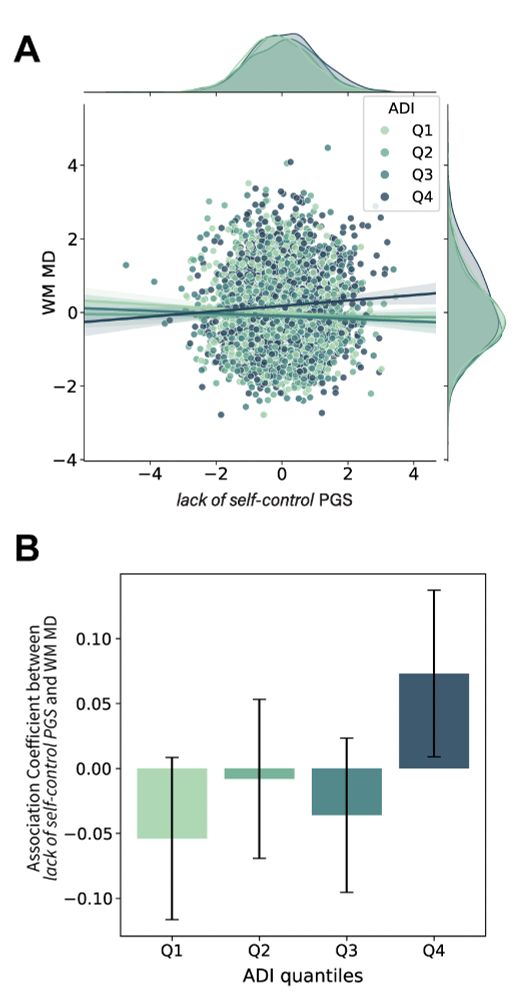
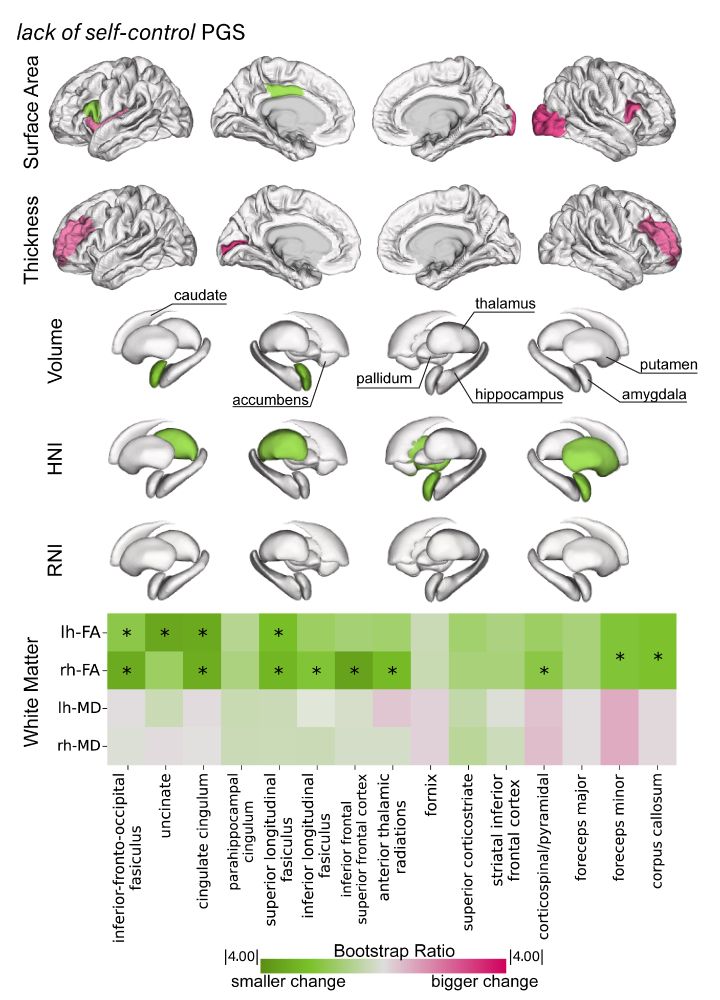
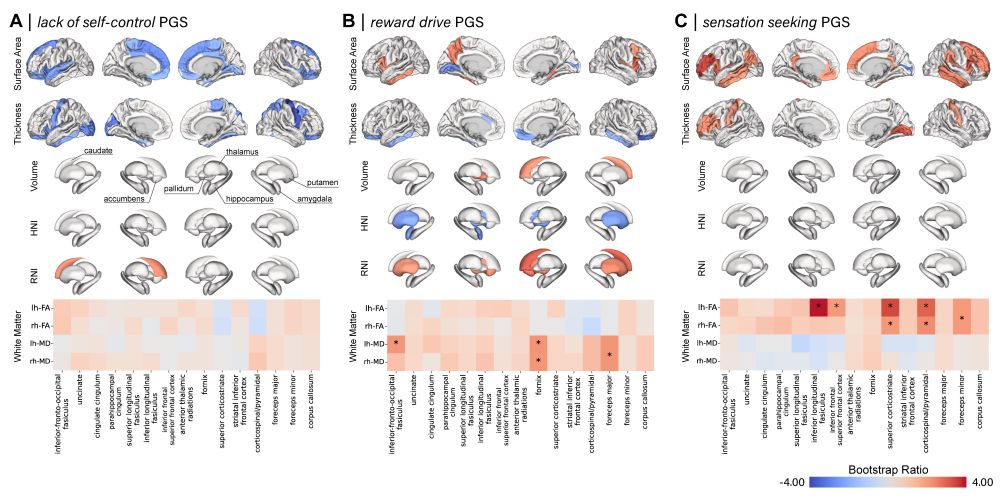

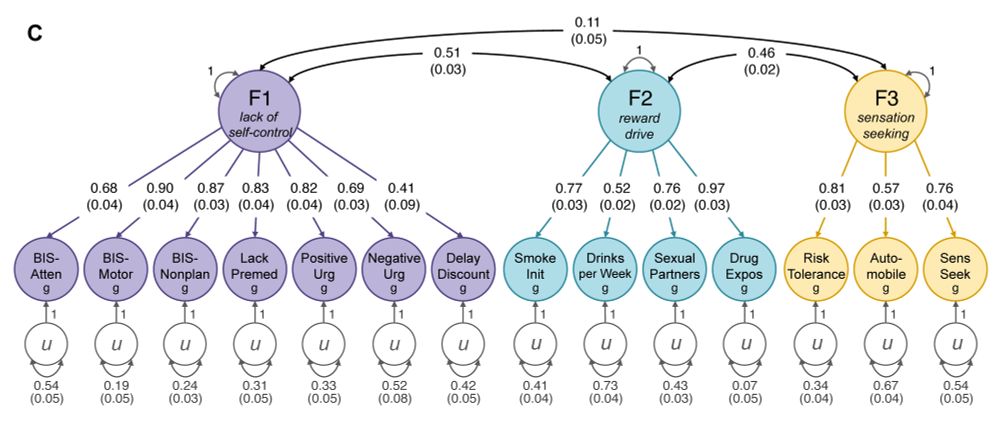
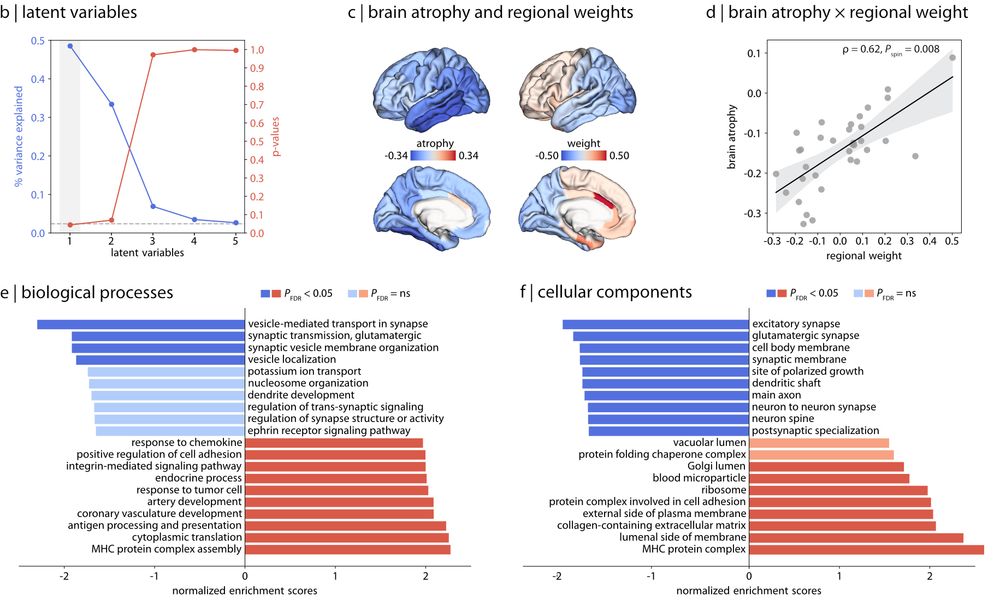

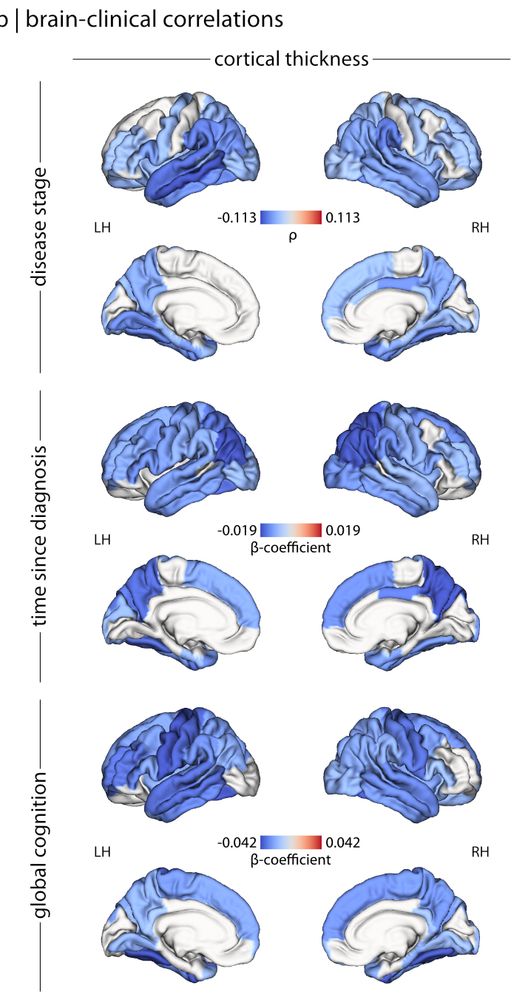













Did you know the Broca tried to measure focal brain activity with small temperature probes mounted on the scalp (Broca P. Sur les temperatures morbides locales, 1879) ? Later, Penfield used temp probes to directly measure cortical activation during surgery (see fig.)

Did you know the Broca tried to measure focal brain activity with small temperature probes mounted on the scalp (Broca P. Sur les temperatures morbides locales, 1879) ? Later, Penfield used temp probes to directly measure cortical activation during surgery (see fig.)
Years earlier, however, he did show increases in DLPFC cerebral blood flow in a patient with a skull defect - see attached figure (courtesy of Albert Gjedde).

Years earlier, however, he did show increases in DLPFC cerebral blood flow in a patient with a skull defect - see attached figure (courtesy of Albert Gjedde).

